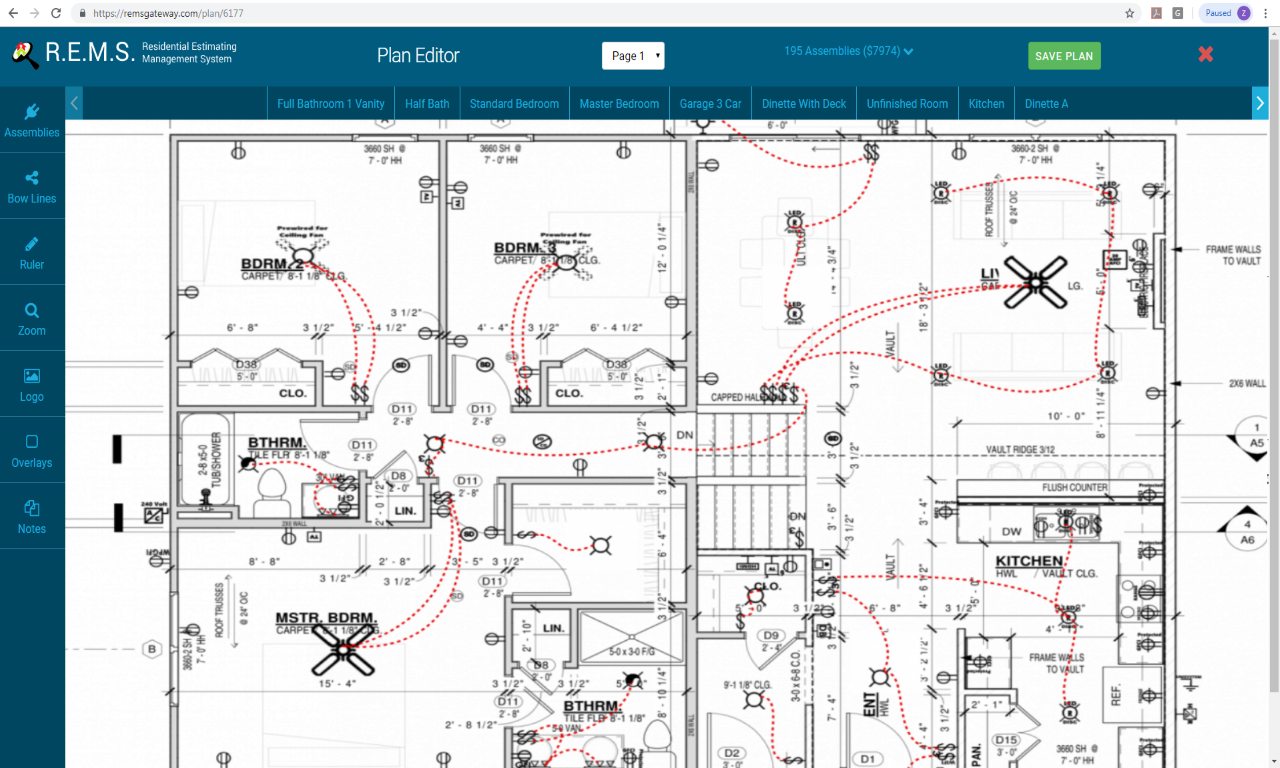CE Estimating: Specialist Electrical Estimating Solutions for Your Tasks
CE Estimating: Specialist Electrical Estimating Solutions for Your Tasks
Blog Article
A Comprehensive Guide to Electrical Approximating Strategies for Building And Construction Professionals
In the world of building projects, accurate electric estimating is a keystone for success. By checking out the nuances of approximating methods customized particularly to electrical tasks, specialists can improve their capability to bid competitively and secure effective outcomes.
Recognizing Electric Project Extent

Key elements of recognizing the project range consist of analyzing the architectural and design illustrations, requirements, and any kind of various other relevant paperwork. This evaluation helps in identifying the precise place of electric parts, lots demands, voltage requirements, and conformity with building ordinance and regulations - Concept Electrical Estimating. Understanding the task extent makes it possible for building and construction specialists to prepare for possible difficulties or inconsistencies that may arise throughout the setup process and develop backup strategies to resolve them successfully.
In essence, a clear understanding of the electric task range acts as the structure for precise cost estimate, source appropriation, scheduling, and overall task administration, eventually leading to the effective completion of electric setups within budget and timeline constraints.

Analyzing Product Expenses
Reliable task management in electrical installations requires a thorough evaluation of product costs to ensure optimal resource utilization and spending plan adherence. Analyzing material expenses includes an in-depth assessment of the expenditures linked with the electric elements required for a job.
Additionally, carrying out a thorough assessment of product prices makes it possible for task supervisors to determine potential cost-saving opportunities. By comparing rates from various providers and exploring alternative products or resources, building professionals can optimize their purchase methods and reduce expenses. In addition, examining material costs aids in producing a reasonable spending plan and staying clear of unforeseen financial troubles during the project execution phase. Overall, a thorough understanding of material costs is critical for effective job planning and implementation in the electrical building and construction market.
Approximating Labor Expenses
To precisely forecast expenses in electrical building and construction projects, estimating labor expenses is a vital element that calls for careful focus and mindful consideration. Labor expenses incorporate the prices associated with the workforce needed to finish the task. When estimating labor costs, it is important to take into consideration factors such as the number of electrical contractors required, their ability degree, the period of the project, and any prospective overtime expenses. Furthermore, representing any kind of specialized labor needs, such as licensed electricians for specific tasks, is important for a precise evaluation.
Teaming up with task managers and electrical contractors throughout the estimate process can help validate labor price quotes and guarantee an extensive understanding of the job's labor needs. By properly estimating labor expenses, construction experts can improve expense administration and task productivity.
Making Use Of Approximating Software Program Devices
Employing specialized estimating software devices can considerably improve the process of calculating labor expenses in electrical construction jobs. These devices use different functions that improve accuracy and efficiency in estimating. One key advantage of making use of approximating software application is the capability to create comprehensive and tailored price quotes promptly. By inputting project-specific details such as labor prices, material costs, and task timelines, these devices can produce accurate price you can try here quotes in a fraction of the moment it would require to do by hand.
Furthermore, estimating software application can help track adjustments and updates in real-time, guaranteeing that price quotes show one of the most present details. This can be particularly valuable in dynamic building and construction atmospheres where you could try here task details might change often. Additionally, several estimating software program tools use integration with other task management software program, allowing for smooth control between budgeting, scheduling, and estimating processes.
Executing Danger and Contingency Aspects
Incorporating threat and contingency factors is crucial in electrical estimating for building and construction jobs to account for unexpected conditions and make sure financial readiness. This assessment entails determining possible dangers, analyzing their possible influence on the job, and developing reduction strategies to address them.
Backup factors, on the other hand, are additional funds set aside to cover unforeseen expenses that may occur during the job's execution. These costs could consist of adjustments in task range, delays, or unexpected expenses. It is recommended to allot a reasonable percent of the project expense as a contingency to guarantee financial stability throughout the task. By integrating danger and contingency elements into the estimating process, building and construction specialists can improve the accuracy like it of their price quotes, lessen monetary shocks, and enhance overall task administration.
Final Thought
Finally, grasping electric estimating techniques is essential for building professionals to accurately budget plan and prepare for jobs. By recognizing project range, analyzing material expenses, approximating labor expenses, using software program tools, and carrying out threat and contingency aspects, professionals can guarantee the success of their jobs. It is crucial to constantly fine-tune approximating abilities and stay upgraded on industry fads to stay competitive in the building sector.
To properly project costs in electrical building jobs, approximating labor expenditures is a vital element that needs thorough focus and careful consideration. Collaborating with project managers and electricians during the estimation process can help validate labor price quotes and ensure a comprehensive understanding of the job's labor needs.Utilizing specialized estimating software tools can considerably streamline the process of computing labor expenditures in electric building projects. It is recommended to allocate a reasonable percentage of the task price as a contingency to guarantee financial security throughout the job. By understanding project extent, examining material prices, approximating labor expenses, making use of software program tools, and executing risk and backup elements, professionals can make certain the success of their jobs.
Report this page